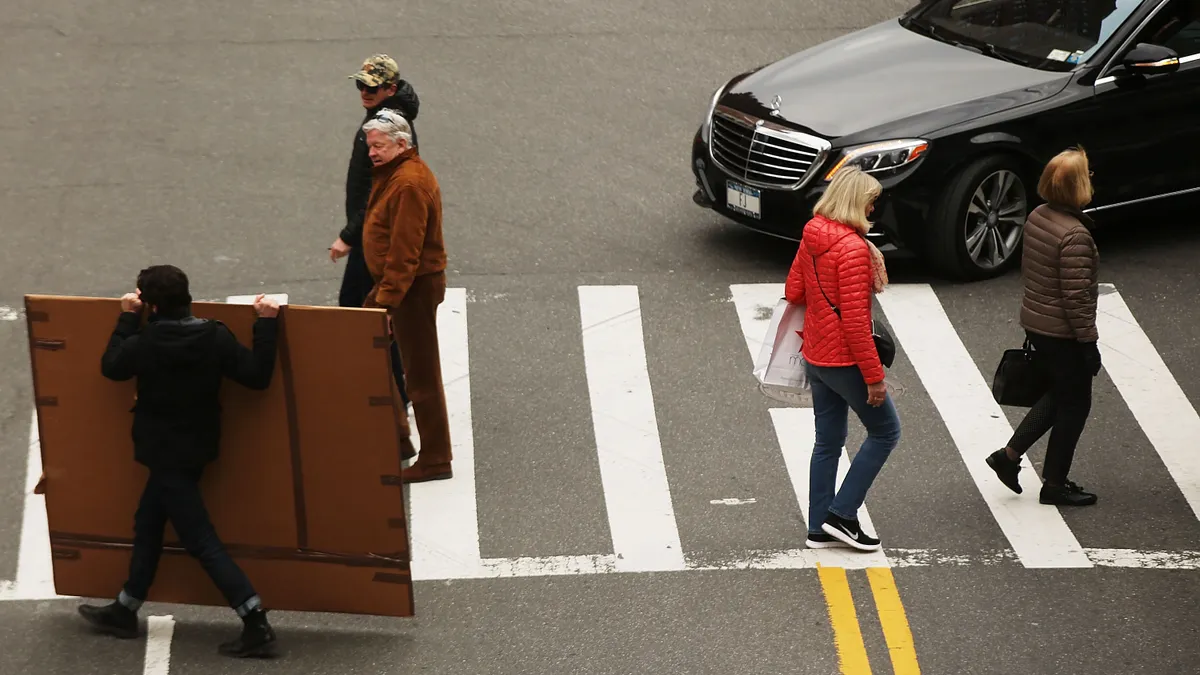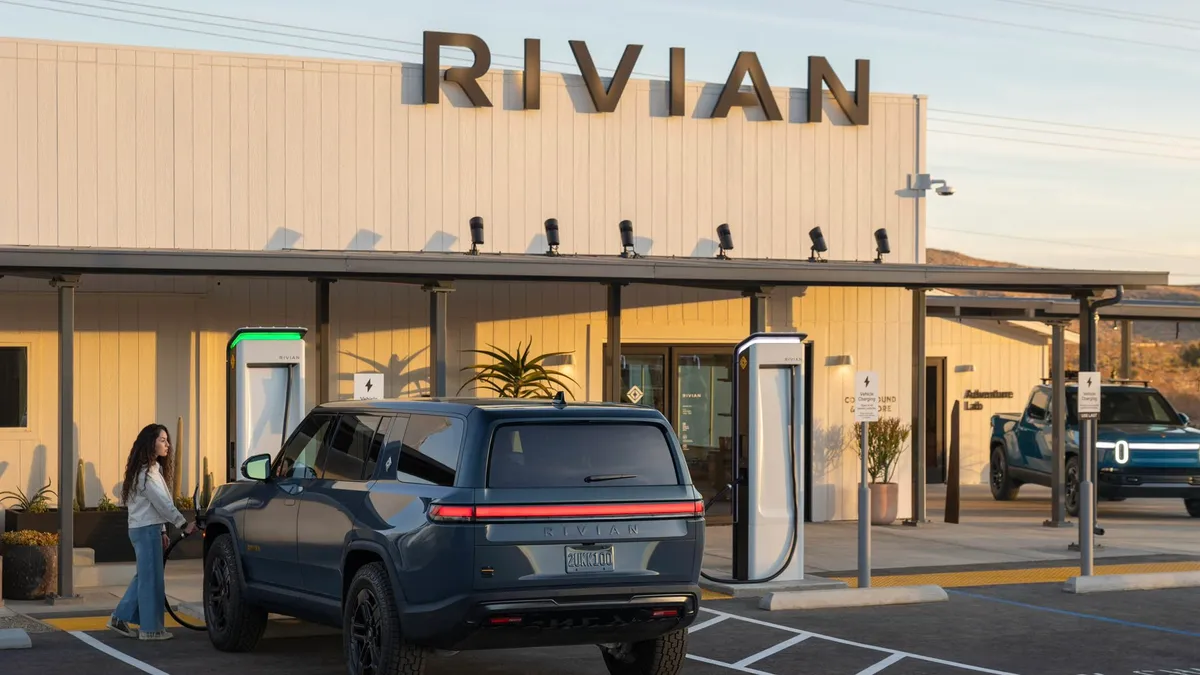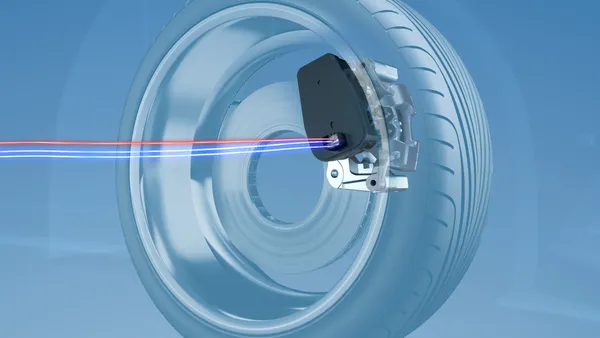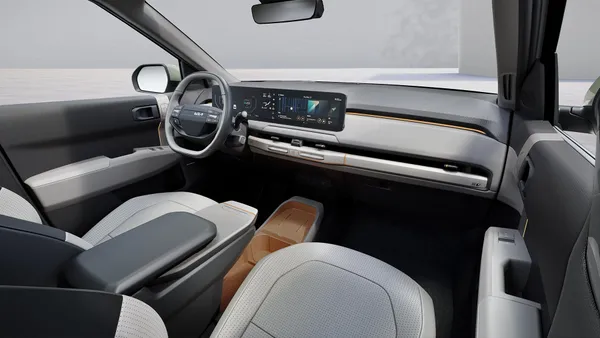Alphabet Inc. subsidiary Waymo has launched the sixth-generation of its “Waymo Driver” autonomous driving sensor suite, the company announced in a blog post Aug. 19. The new hardware installed on each of its ride-hailing vehicles offers an overlapping 360-degree field of view of the environment, with the ability to identify objects up to 500 meters away in darkness or poor weather conditions, according to Waymo.
The sixth-generation Waymo Driver includes 13 cameras, four lidars, six radar units and an array of external audio receivers. It uses a combination of high-resolution maps, cameras, lidar and radar to monitor the environment and safely navigate autonomously. The system uses the highly detailed custom maps matched with real-time sensor data to determine the vehicle’s precise location at all times.
Waymo says the sixth-generation offers a significantly reduced cost without compromising safety. Advancements in sensor technology combined with their strategic placement on the vehicle allowed Waymo to reduce the number of total sensors in its latest version, while still maintaining a high level of redundancy, including backup steering and braking systems, to prevent any single-point failures in the system.
The sixth-generation Waymo Driver sensor suite has completed thousands of miles of real-world testing, and millions more miles in computer simulation to ensure a high level of safety, according to the blog post. The testing includes a combination of computer simulation, closed course testing and public road evaluations.
The ability to safely operate autonomous vehicles in all weather conditions is a challenging task for developers. But Waymo has taken preventive measures from the knowledge it gained from testing its autonomous vehicles in 13 states across the U.S. to ensure that each vehicle sensor can maintain a clear view of the surroundings, even in adverse conditions.
The newest Waymo Driver was also designed to be flexible, allowing the company to swap out components and other sensors to match the specific needs of each operating environment. For example, Waymo has the ability to adjust sensor cleaning for vehicles operating in colder climates, where snow and ice buildup can degrade sensor performance.
The Waymo Driver continuously improves using real-world data collected from the company’s fleet. Waymo has collected over 20 million miles of real-world driving data and 20 billion miles in simulation, which is used to train machine-learning algorithms to enhance decision-making and predict other road users' behavior.
Waymo's knowledge-sharing reduces training and validation times for new versions, potentially halving the time to remove human safety drivers from its robotaxis. Tesla takes a similar approach, continuously collecting data from its vehicles to advance Full-Self Driving and Autopilot.
However, in June, Waymo recalled 672 vehicles after it discovered that the Waymo Driver could fail to avoid poles or similar objects. The recall was for its fifth-generation system with software versions that have since been updated.
Waymo is currently offering driverless rides to paying passengers in San Francisco and plans to expand its autonomous ride-hailing service, Waymo One, to other major cities, competing with Uber and GM's Cruise.
Waymo co-CEO Tekedra Mawakana wrote in a Aug. 20 post on social media platform X that the company is now providing 100,000 paid rides per week.












